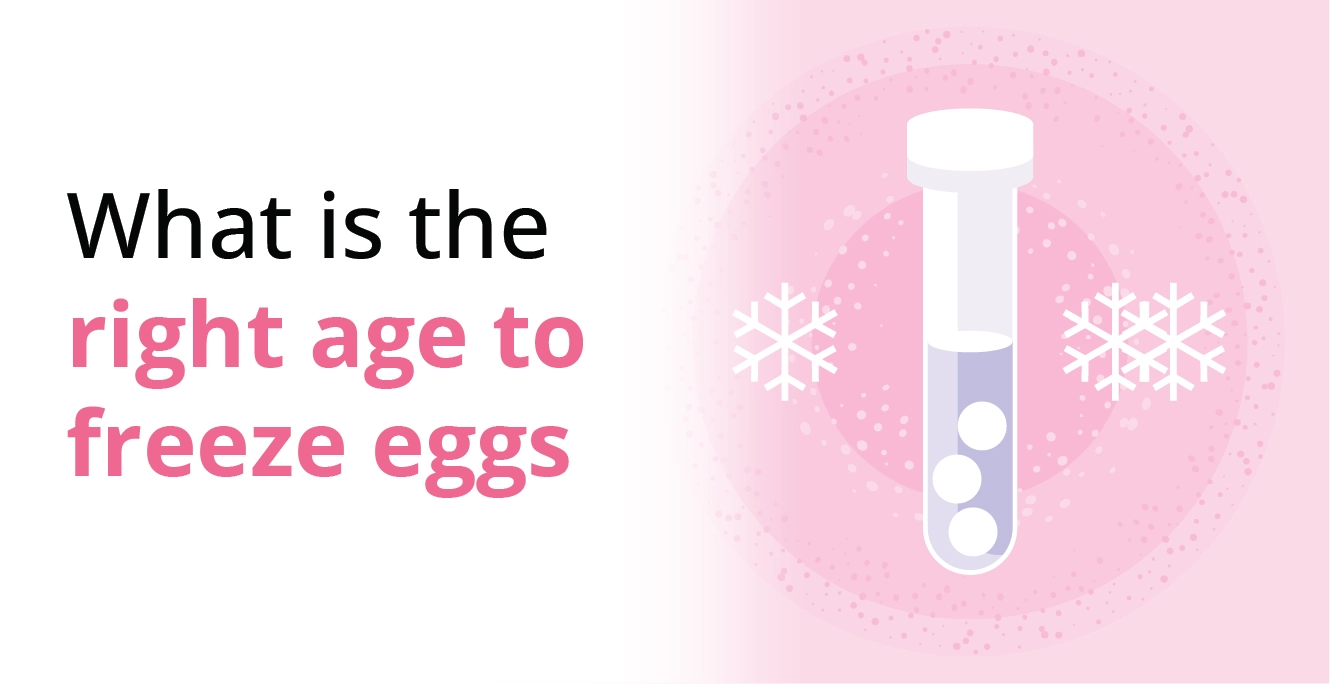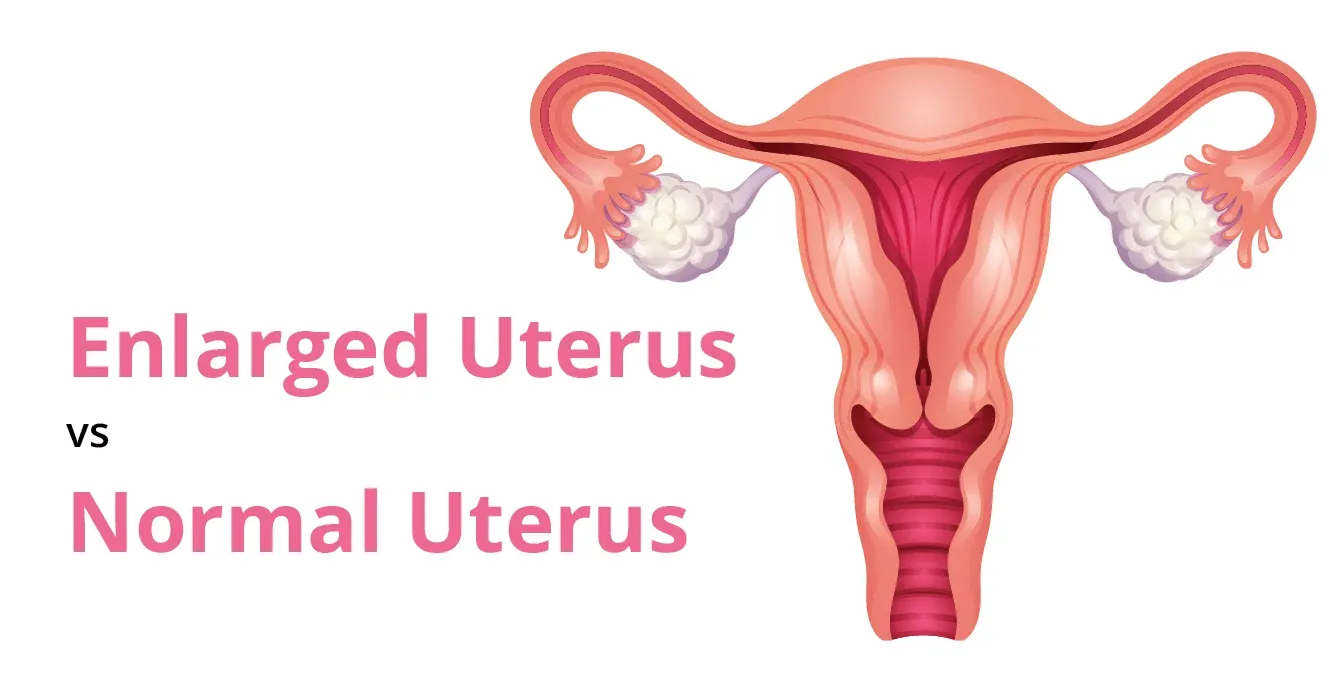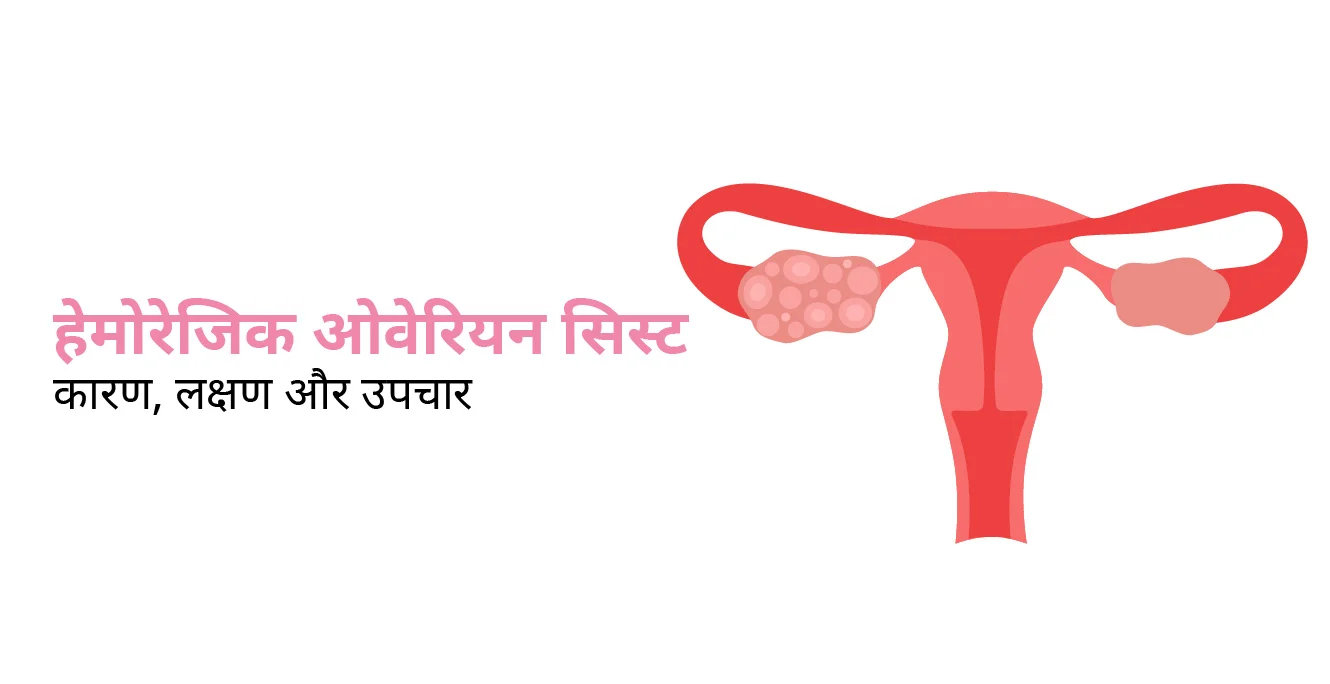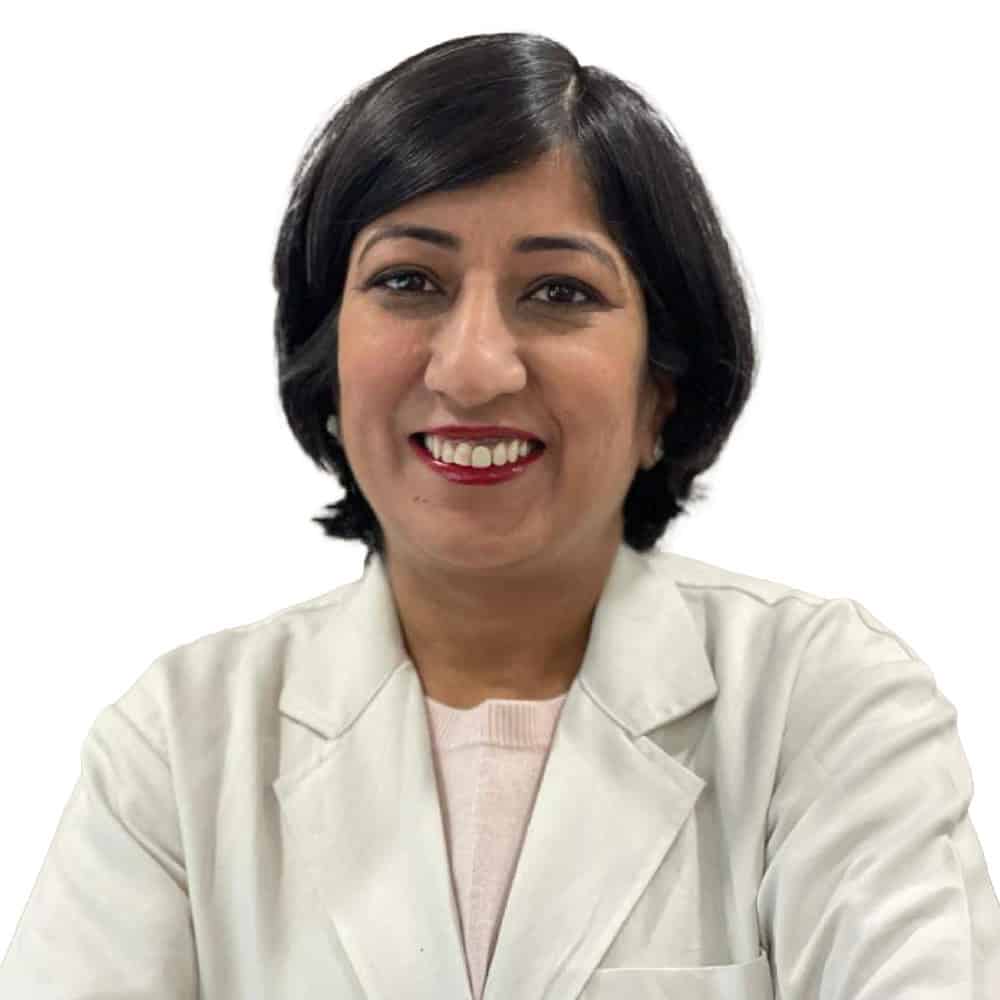
What is Turner Syndrome

Table of Contents
Turner syndrome is a congenital condition that affects the development of girls and women. It is considered congenital because it is a condition that a female is born with.
In this condition, one of the X chromosomes is absent or only partially present. This can lead to various developmental problems such as short stature, loss of ovarian function, and heart problems.
What are the signs/symptoms of Turner syndrome?
Signs and symptoms of Turner syndrome differ and can range from subtle to more evident and mild to significant. Symptoms can show in infancy or early childhood. They may also develop over time and become apparent in later years.
Turner syndrome symptoms typically include:
- Short height
- Reduced growth spurts during childhood and adolescence, leading to short adult height
- Delayed puberty, leading to issues with sexual development
- Not experiencing puberty
- Lack of breast development
- Not experiencing menstruation
- Ovaries stop functioning after a few years or do not function at all
- Producing insufficient amounts of female sex hormones like estrogen
- Fertility issues or infertility
- Heart problems and/or high blood pressure
- Osteoporosis or weak and brittle bones
- Thyroid issues
Apart from these symptoms, people with Turner syndrome may display certain visible traits. These physical traits could include:
- A flat/broad chest
- Eye issues, such as drooping eyelids
- Scoliosis (the spine curves sideways)
- Low hairline at the nape of the neck
- Shorter fingers or toes
- A shorter neck or folds in the neck
- Swollen or puffy hands and feet, particularly at birth
Causes of Turner syndrome
Turner’s syndrome is caused by an abnormality in the sex chromosomes. Every person is born with two sex chromosomes. Males are born with an X and Y chromosome. Females are normally born with two X chromosomes.
In Turner syndrome, a female is born with one X chromosome absent, incomplete, or defective. Turner syndrome is depicted by a missing or incomplete X chromosome.
The genetic causes vary based on the kind of chromosomal condition. These include:
Monosomy
In this condition, an X chromosome is completely absent. This leads to every cell in the body having only one X chromosome.
Mosaicism
In this condition, some cells have two complete X chromosomes while others have only one X chromosome. This usually occurs due to an issue in cell division when the foetus is developing.
X chromosome alterations
In this condition, the cells contain one complete X chromosome and one altered or incomplete one.
Y chromosome substance
In a few cases, some cells have one X chromosome, and others have one X chromosome, along with some Y chromosome substance instead of two X chromosomes.
Risk factors of Turner syndrome
Since the loss or change of the X chromosome occurs due to a random error, there are no known risk factors. Turner’s syndrome may arise due to an issue with the sperm or the egg. It may also occur during foetal development.
Although it is a genetic disorder (caused by genetic material called chromosomes), you do not usually inherit it from your parents. Family history is not usually a risk factor. However, in rare cases, a child may inherit it from their parents.
Complications of Turner syndrome
Turner’s syndrome can lead to various complications. These include:
- Cardiovascular problems (involving the heart and major blood vessels)
- Autoimmune disorders (hypothyroidism and inflammatory bowel disease)
- Hearing and ear problems such as under-developed ears and ear infections
- Kidney defects and issues with urine flow
- Diabetes
- High blood pressure
- Obesity
- High cholesterol
- Visual problems and eye issues
- Learning difficulties or issues with speech
Diagnosis of Turner syndrome
Turner syndrome is usually diagnosed in early childhood or at birth. In some cases, it may also be diagnosed in adulthood.
Various diagnostic techniques are used to analyse the chromosomes to check if you have this condition. These diagnostic tests are as follows:
Karyotype analysis
Based on the symptoms, if your doctor thinks your child may have Turner’s syndrome, they will recommend a genetic test called a karyotype analysis.
The test will take a blood sample to check the child’s chromosomes. It may also require a skin sample, such as a scraping from the cheek.
Ultrasound screening
A diagnosis may also be performed during foetal development when you are pregnant with a child. Your obstetrician or OBGYN may suggest prenatal screening along with additional tests to diagnose this condition.
Prenatal screening
Your obstetrician or OBGYN may suggest an amniocentesis (to test the amniotic fluid) and chorionic villus sampling (to test the placental tissue). These tests check the genetic material of the baby.
Treatment of Turner syndrome
Turner syndrome treatment focuses on increasing the levels of the hormones that are lacking. These hormonal treatments include:
Human growth hormone treatment
Human growth hormone injections can help boost growth and height if the treatment starts early enough.
Estrogen therapy
This is also known as estrogen replacement therapy. It helps boost estrogen levels and can help girls during puberty.
Estrogen therapy can help them develop breasts, start their period and improve other body functions.
Progestin treatment
These hormones help bring about cyclical periods and stimulate the puberty process.
Since Turner syndrome can affect different functions and parts of the body, the treatment should target your specific symptoms.
For example, many people with Turner syndrome face heart-related issues. Treatment would thus not just focus on hormonal issues but also treat issues like heart problems, eye issues, and fertility issues.
Conclusion
Turner syndrome can cause developmental and reproductive issues in girls and women. It is helpful if it is diagnosed as soon as possible because treatment can be more effective when begun at a young age.
As parents, if you notice any signs in your child, make sure to get a check-up done. The symptoms may take longer to develop, and people often discover this condition when they are young women or adults.
Reduced fertility and infertility are significant problems experienced by women who have Turner syndrome. To avail of the best fertility treatment for your condition, visit Birla Fertility and IVF or book an appointment.
FAQs
1. What are the types of Turner syndrome?
The types of Turner syndrome are as follows:
- Monosomy X – Every cell contains one X chromosome only instead of two.
- Mosaic Turner syndrome – Some cells have both chromosomes, while some have only one.
- Inherited Turner syndrome: In very rare cases, a child may inherit it if their parents had this condition.
2. Is Turner syndrome inherited?
Turner syndrome is usually not inherited. However, in rare cases, it can be inherited from the parents if either or both have chromosomal abnormalities.
3. How common is Turner syndrome?
Turner syndrome occurs in about 1 in 2,500 girls. However, it is far more prevalent among pregnancies that do not make it to birth, like miscarriages and stillborns.
4. What other medical problems might people have with Turner syndrome?
People with Turner syndrome may experience heart problems, reproductive and fertility issues, bone and skeletal problems, and eye problems, amongst other medical issues.
Our Fertility Specialists
Related Blogs
To know more
Birla Fertility & IVF aims at transforming the future of fertility globally, through outstanding clinical outcomes, research, innovation and compassionate care.
Had an IVF Failure?
Talk to our fertility experts

 Our Centers
Our Centers















